FEATURE STORY
Finding Your Family
Meet three people who explored their ancestral roots and discovered unknown relatives
WHEN THE BLOCKBUSTER TV miniseries Roots premiered in 1977, it fueled an explosion in genealogy research. Decades later, that interest has only grown, powered by easy DNA tests, access to online records and shows like Finding Your Roots on PBS (AARP is a sponsor). The global genealogy services and products market was valued at $5.4 billion in 2023, and it’ll reach $15.8 billion by 2033, according to market research firm Fact.MR.
That includes spending on travel, an ancestry industry in itself. Numerous tour companies cater to that hunger to visit the homeland—planning the logistics, conducting research, even helping track down relatives.
For many Americans, visiting their native lands is not only an emotional quest but a logical step in their family-tree research. They want to learn what they can’t at home, walk where their ancestors walked and meet relatives they never knew existed. Here are three travelers who did just that.
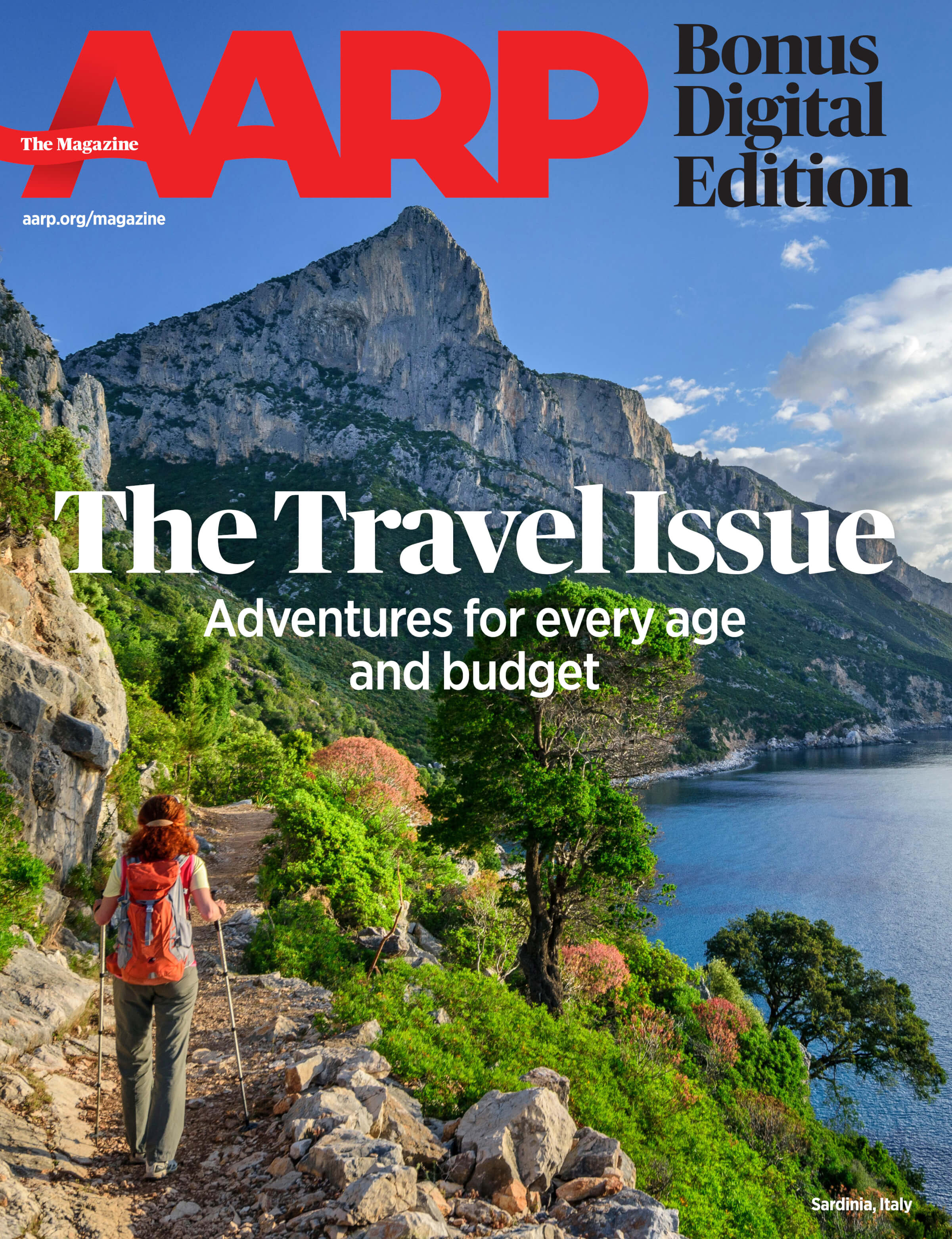
AARP THE MAGAZINE BONUS ISSUE
This article is part of a special travel-focused edition of AARP THE MAGAZINE is now available on your mobile device or computer. Read all the stories at aarp.org/travelissue, on the AARP Now mobile app or on Apple News+.


Read all the bonus travel stories online by visiting aarp.org/travelissue.
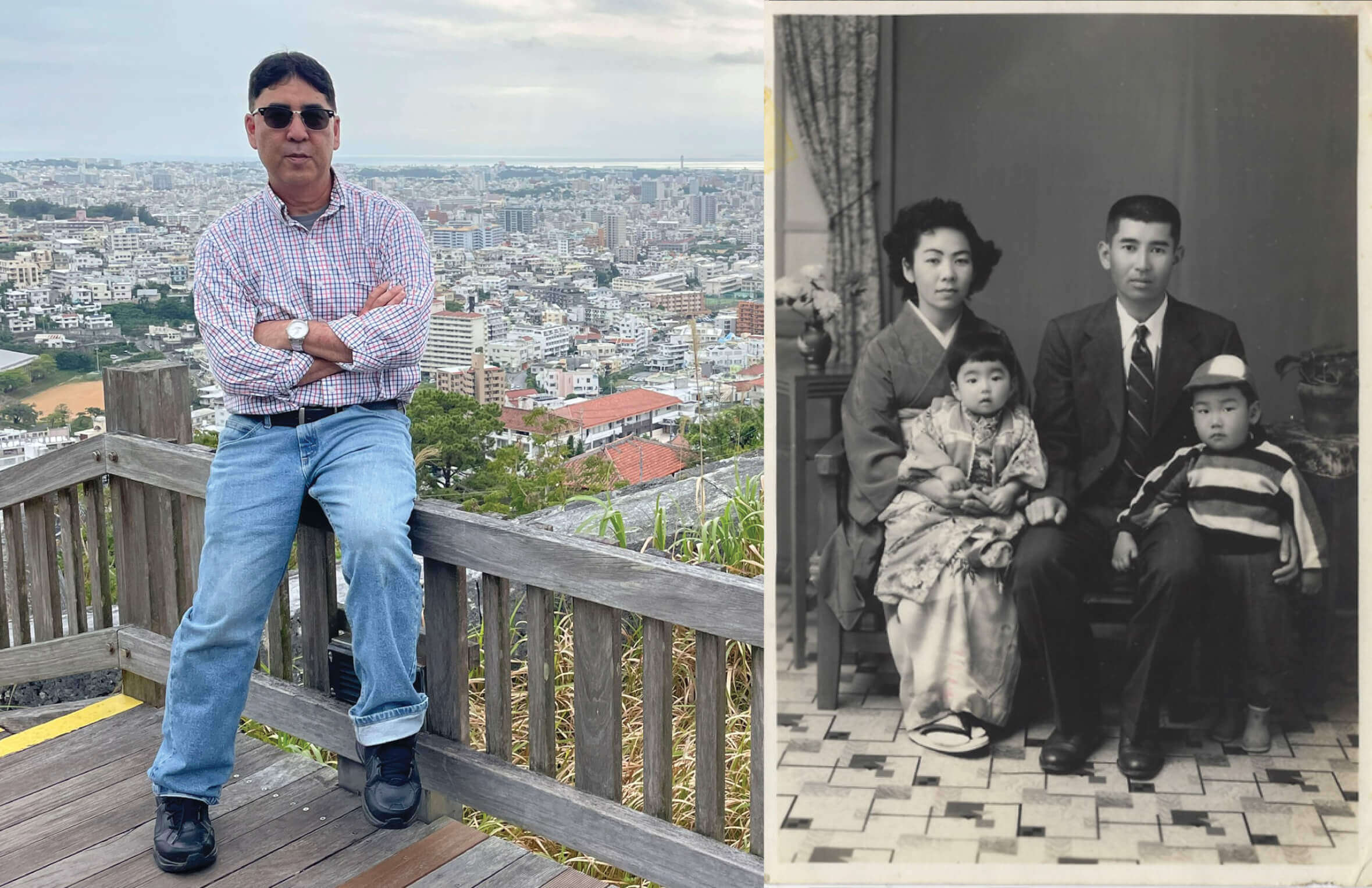
Jon Arakaki traveled to Okinawa to connect with his ancestry. At right, a photo that led him to his relatives.


‘They bombarded me with questions.’
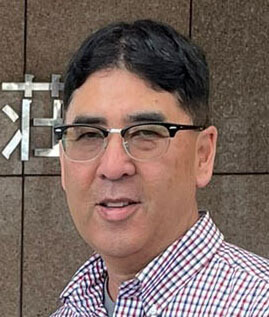
Jon Arakaki, 60
Current residence: North Plains, Oregon
Connection: His grandparents left Okinawa for Hawai‘i in 1906.
GENEALOGY BEGAN to interest me in 2022. I started looking up information on my grandparents in Hawai‘i, building my family tree and collecting documents.
In April 2024, I traveled to Japan on an Ancestry/Kensington Tours’ Personal Heritage Journey with a genealogist, Yuzo Ochiai. We walked through my maternal grandmother’s city of Itoman with a photo of a dental office and a prewar address we thought might be connected to my family. The building was gone.
We entered a hardware store and shared our information. The owner pulled up a map and said, “Go to this address and somebody should be able to help you.” No one was home, but three women came out from across the street. One of their husbands called a man who used to live there and told him, “I’ve got a genealogist with a guy from Oregon who thinks he’s related to you.” When we met, his sister was there too. We discovered that their dad and my mom are first cousins.
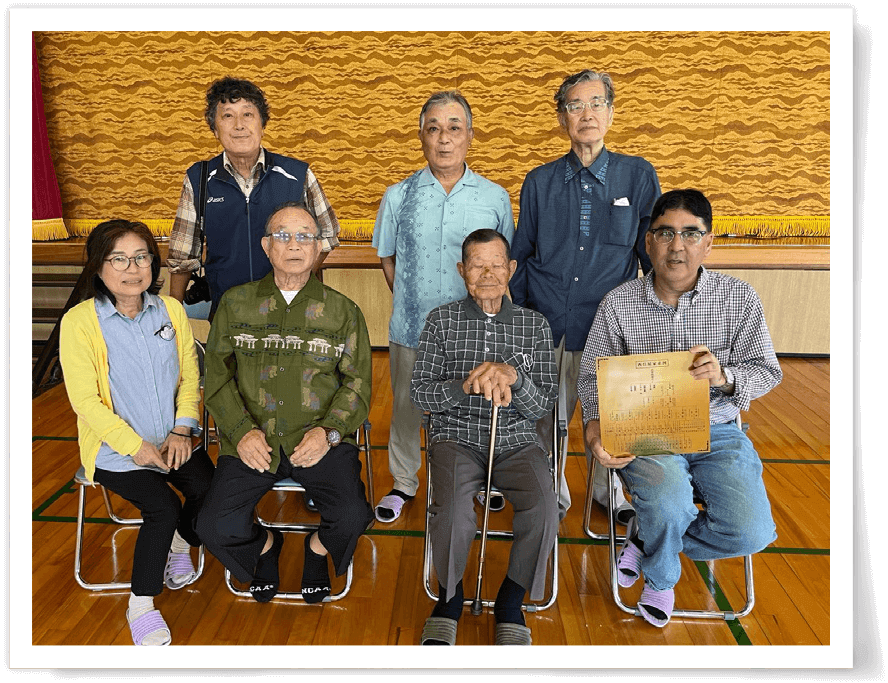
Arakaki with relatives from his father’s side in the Kuba Community Center in Nakagusuku, Japan.
I had a picture of two parents and two young children. The back of the photo said the baby was named Junko. “That’s me!” the sister said. It was surreal: A few hours before, she was at home, minding her own business, and then she’s meeting a relative. It was like a reality show.
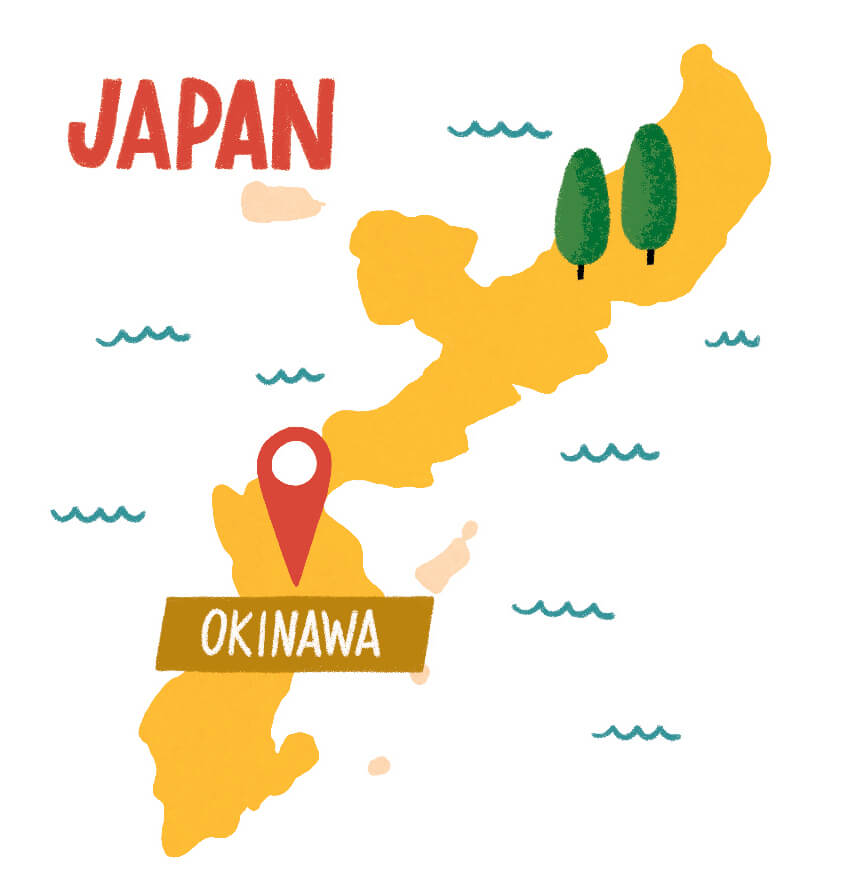
I didn’t consider how meeting my distant relatives would impact them. They bombarded me with questions. Even when the genealogist wasn’t available to interpret, we communicated and joked by pointing. It was like being with my cousins in Hawai‘i.


‘Sometimes I was in awe; sometimes I was in tears.’
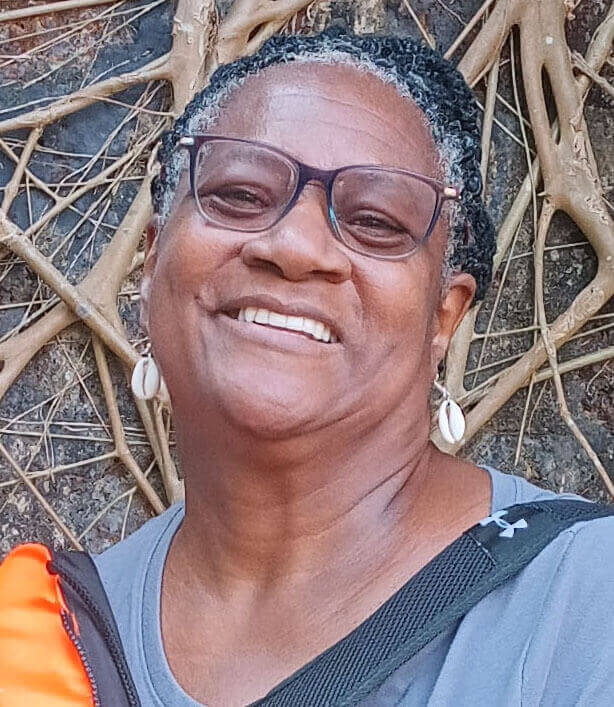
Terri Reshard, 67
Current residence: Niceville, Florida
Connection: A genetic test revealed her roots in the West African nation.
MY KIDS GAVE me an African Ancestry DNA test for a Christmas present in 2022. It showed that I’m from the Temne people in Sierra Leone. I was so excited, and in April 2023, I took a two-week tour with African Ancestry. Twelve of us were in the group: Some were Temne; others were from the Mende people.
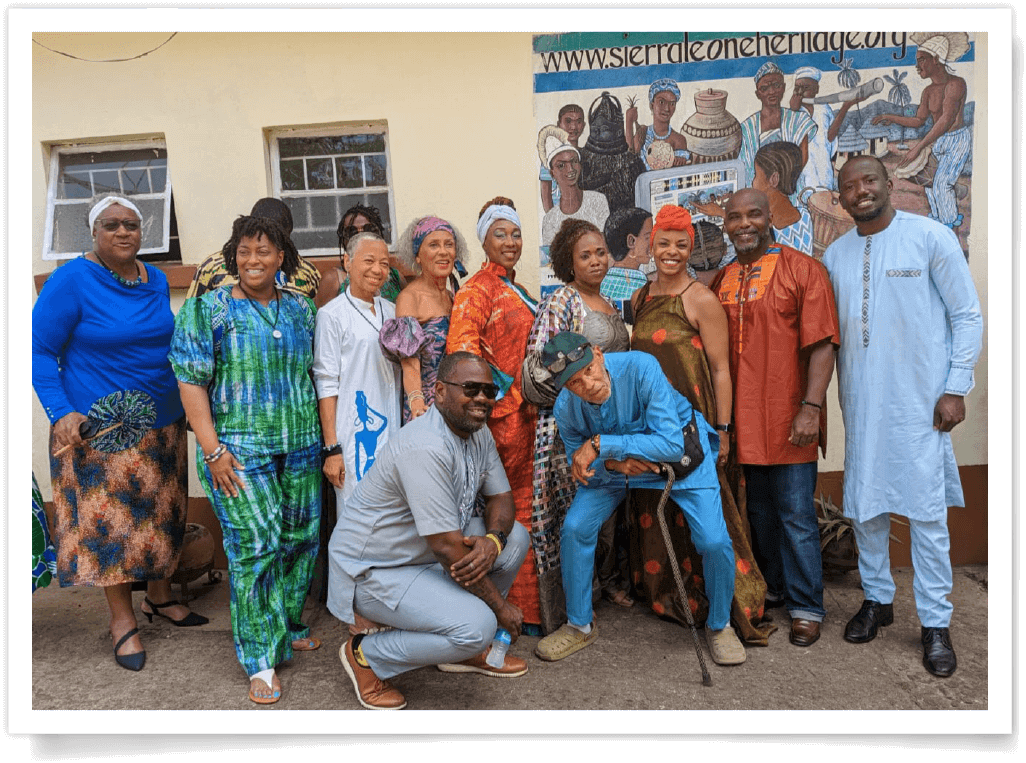
Terri Reshard with her tour group in Sierra Leone
The trip was profound. Sometimes I was in awe; sometimes I was in tears. We held a memorial on the shores of Bunce Island, where ships brought in and shipped out slaves. We dressed in white and stood in silence. Some prayed. Most of the slaves were shipped to South Carolina and Georgia, and I felt a connection: My mother was from South Carolina.

We met the Temne on a trip to Tasso Island. The ladies and children sang welcome songs as we left the boat, and we sat under a wide, beautiful tree. The chief attended, and we were inducted into the tribe.

I wanted to join the Tasso Island community long term. I’m learning the language, and I am now a chieftain. My title is ya bomposseh, which I have been told means “woman chief.” I’ll work with the head chief to help women and girls in the villages. My daughter and I returned to Tasso in November 2023 and brought food and baby formula. Now that I’m retired, I’d love to go back once a year. I don’t feel like a visitor there. I feel at home.


‘I feel like I have a bigger family now.’

Debra Wolfe, 65
Current residence: Fort Wayne, Indiana
Connection: Wolfe’s maternal ancestors hailed from Amelsbüren, a small town in northwestern Germany. Her paternal ancestors were also from Germany. They all arrived in the United States in 1847.
IN MAY 2023, my cousin welcomed me and my husband to his farmhouse in Amelsbüren. He held a round tray with tiny shot glasses and caramel liqueur. He couldn’t speak English—our guides translated—but he toasted us, welcoming us to the family.
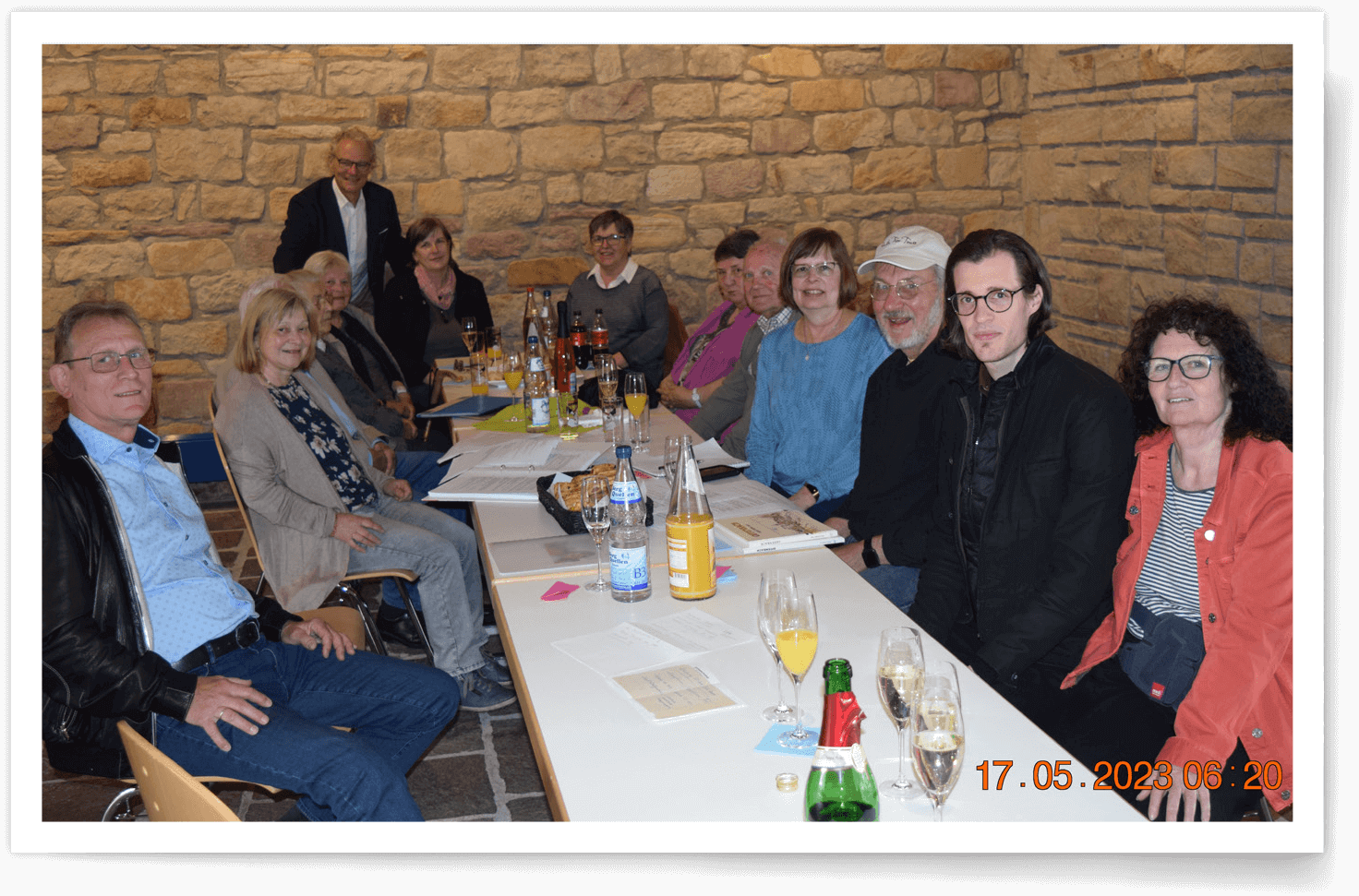
Debra Wolfe with her newfound Gensheimer relatives
We came here because I’ve researched my family history for over 40 years, and I’d exhausted the records at home. I wanted to see where our ancestors came from. Family Tree Tours handled the logistics, helped with my research and found relatives. In the town of Offenbach an der Queich, I met about a dozen fifth cousins from the Gensheimer family, on my father’s side, at the community hall. The mayor attended and gave us a tour. Three different Gensheimer families live there. My research showed they’re all related, which they didn’t know.
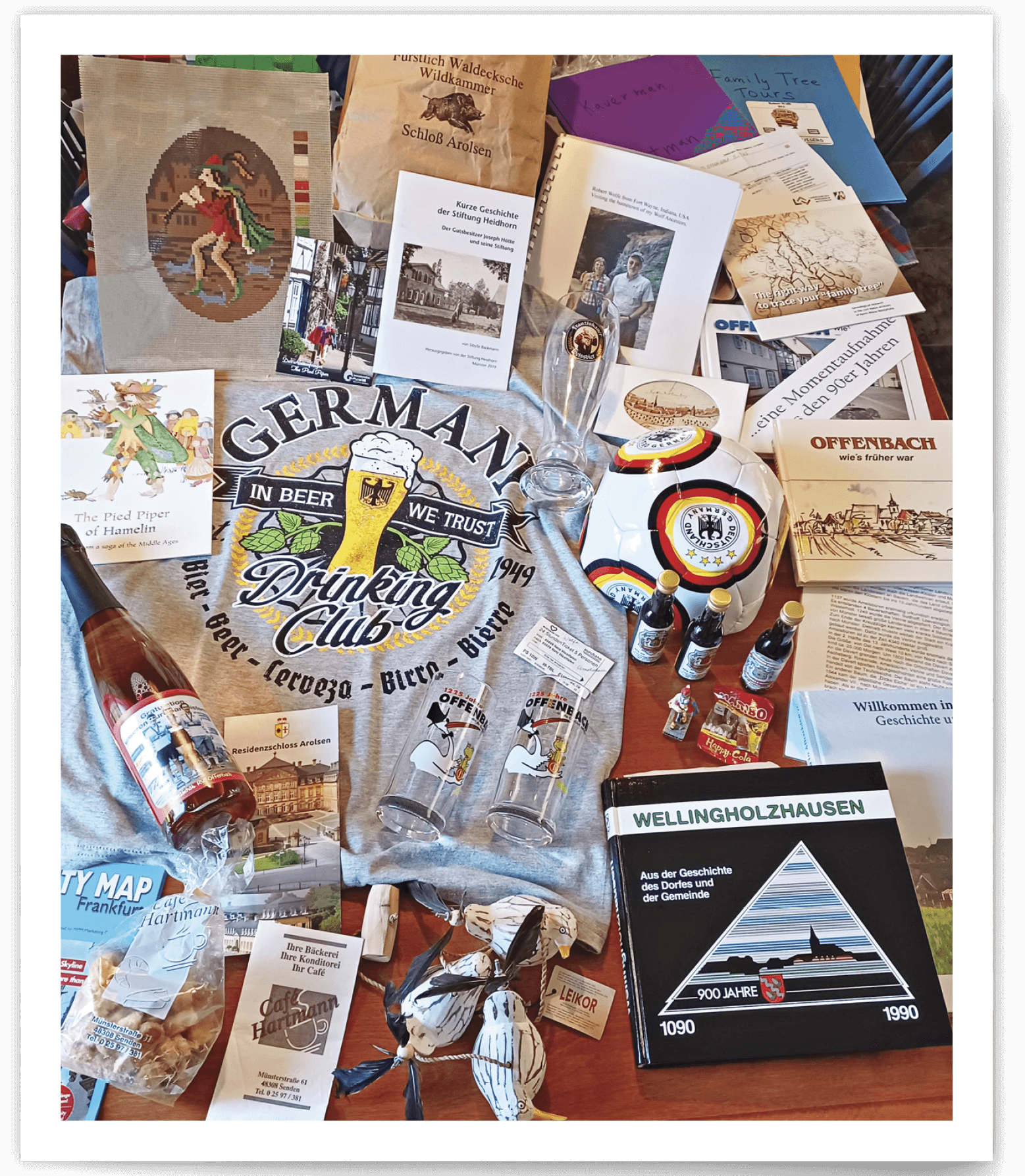
Wolfe’s souvenirs from her trip to Germany
Throughout the trip, I learned about my family. I received names and charts. I saw houses where my maternal and paternal ancestors lived. I learned that my cousin—the one who served us caramel liqueur—lives and farms on ancestral land, as our family has lived and farmed there for centuries. I learned that my maternal ancestors were in Amelsbüren before 1500. I discovered that one cousin on my paternal side works for the mayor, one is an elected official and other family members own a winery. I’ve been corresponding with some of my German cousins since our vacation, and we’ve exchanged names, dates and photos. I feel like I have a bigger family now.

Wolfe's cousin's Farmhouse in Amelsburen
As I walked through my ancestors’ villages and met relatives, I felt awe and gratitude and amazement at their hospitality for someone they’d just met. And I felt happy. I was like a sponge, taking it all in.
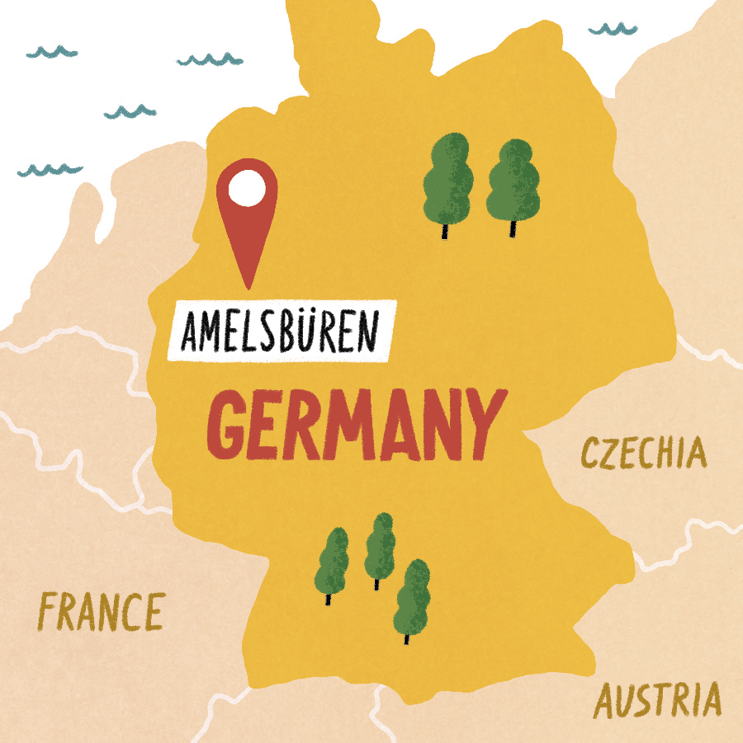
Ken Budd is a former executive editor for AARP The Magazine. He has also written for National Geographic Traveler, Travel + Leisure, Smithsonian magazine and other publications.
Tips for Planning a Successful Genealogy Trip
TO LEARN FAMILY HISTORY
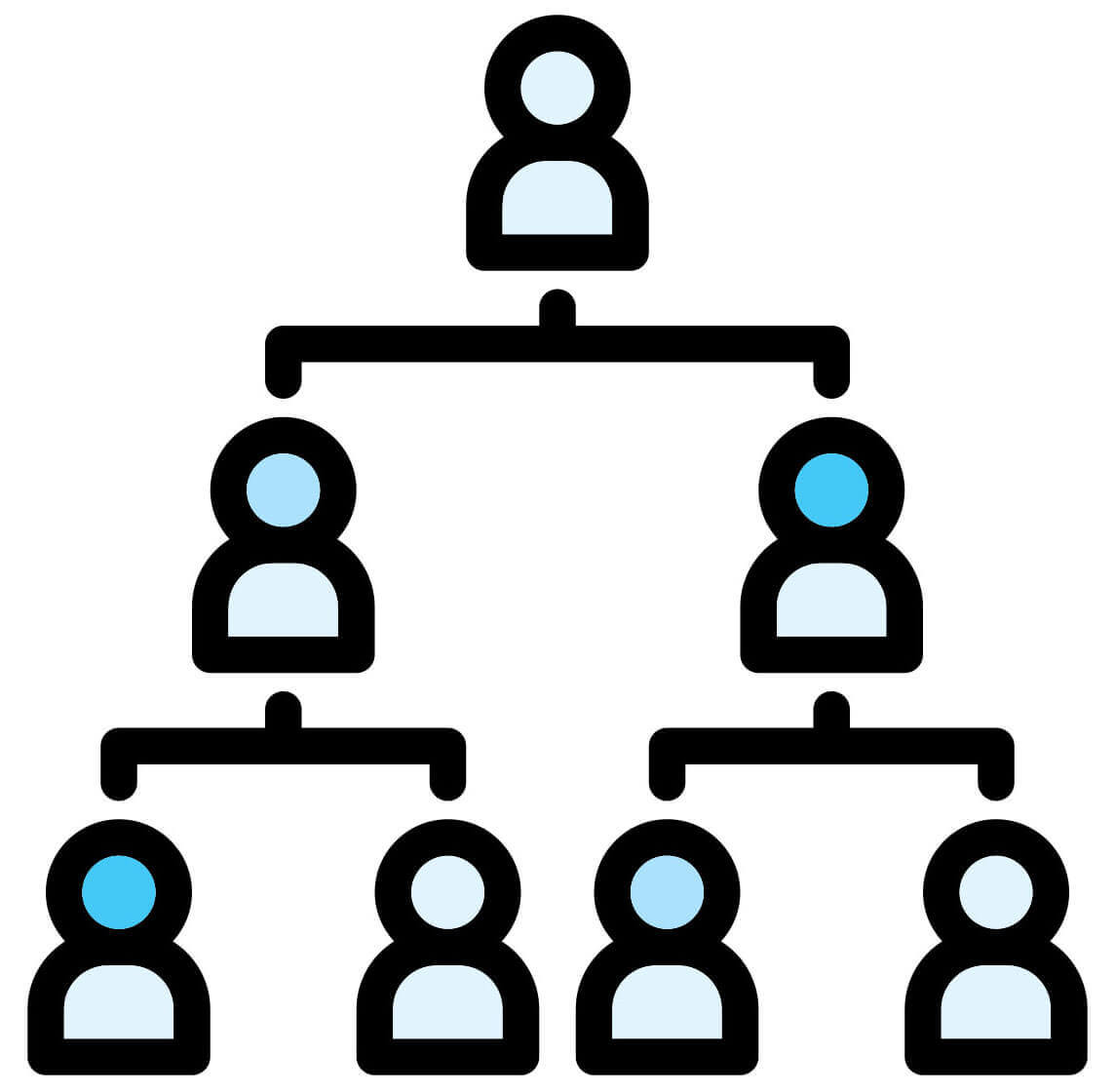
▶︎ Create a family tree. You can find free templates online from sources such as the National Genealogical Society (ngsgenealogy.org) and the National Archives (archives.gov). Senior Planet from AARP also offers genealogy courses. Go to seniorplanet.org.
▶︎ Interview relatives. The best starting point for learning family history is, yes, your family. Get info from parents, cousins, siblings and even family friends. Focus on four key items: names, dates, places and relationships.
▶︎ Sift through closets. Useful sources of information are lurking in your home, including family Bibles, newspaper clippings, military certificates, birth and death certificates, marriage licenses, naturalization certificates, diaries, letters, baby books and other documents, the National Archives suggests.
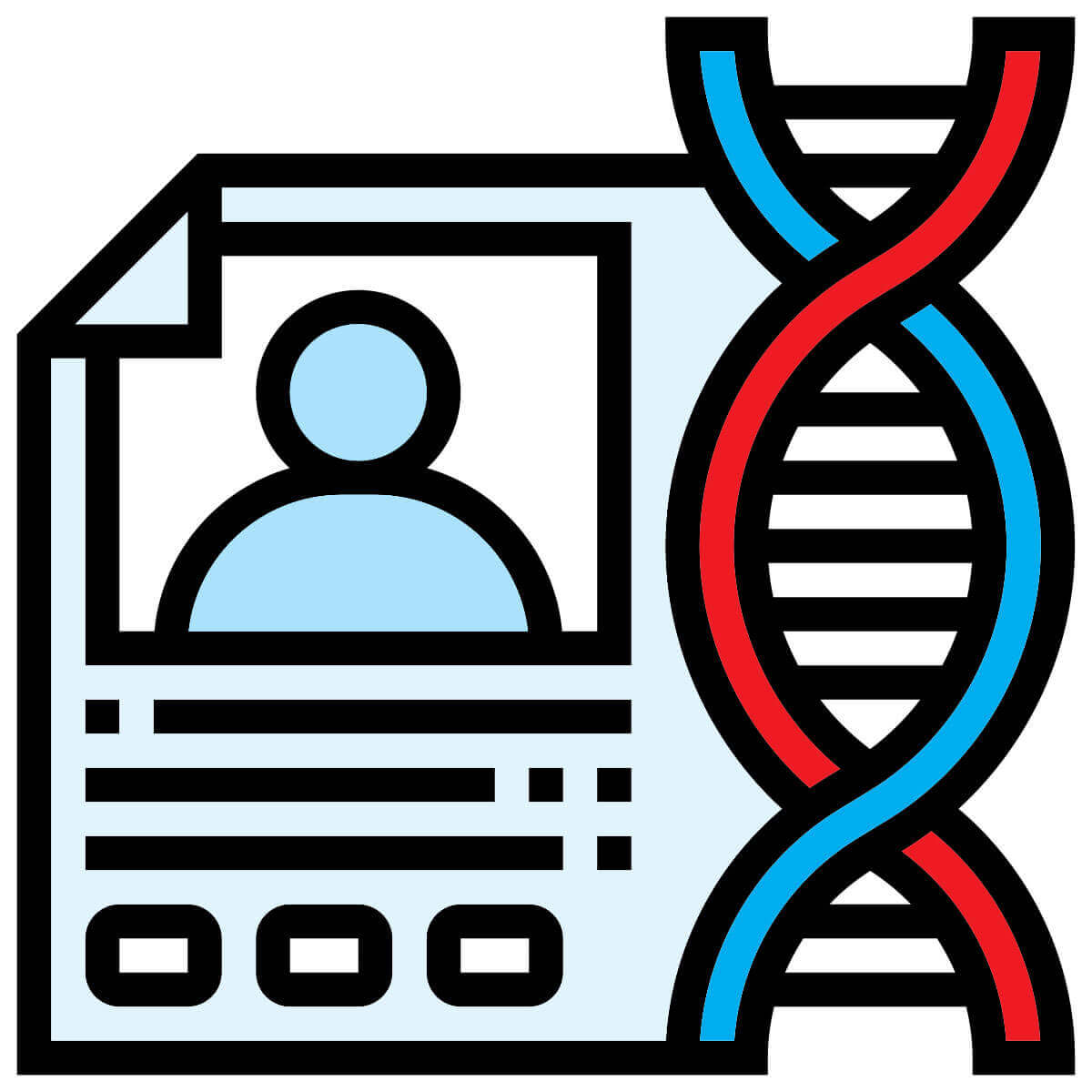
▶︎ Take a genetic test. To really learn your origins, test your DNA through companies such as AncestryDNA, 23andMe or FamilyTreeDNA. The results are accurate and sometimes surprising.
▶︎ Start digging. Top research options include Ancestry.com, FamilySearch.org, the National Archives and the Ellis Island Passenger Search database (heritage.statueofliberty.org/passenger).
WHEN TRAVELING ABROAD
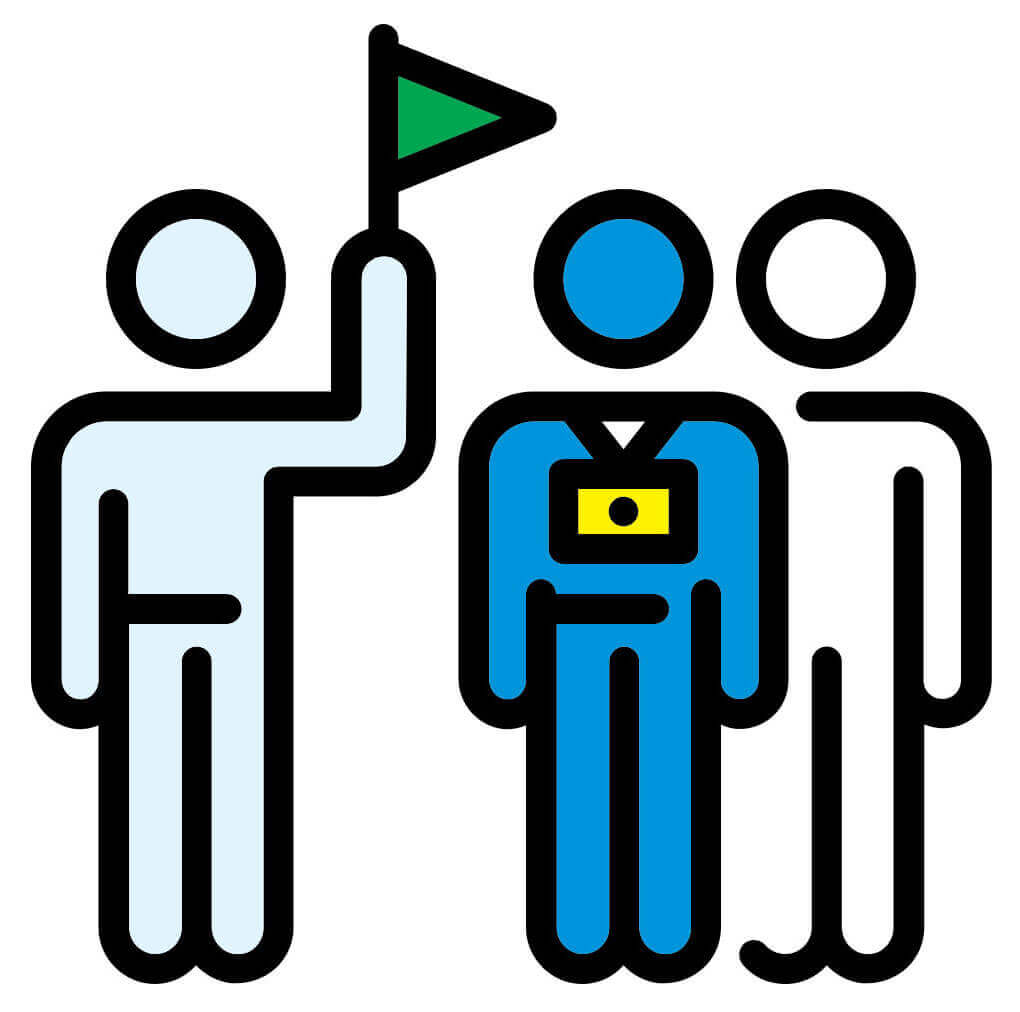
▶︎ Consider a tour company. Those that specialize in genealogy trips, such as African Ancestry, Family Tree Tours and Kensington Tours, will not only book your hotel and manage your transportation but will also provide genealogical research. Debra Wolfe says that Family Tree Tours found some ancestral homes in Germany that “I would not have found on my own.”

▶︎ Bring photos. Meeting a relative? Bring family photos and a copy of your family tree (both to share and fill in the blanks). Family members are often as interested in you as you are in them.